Are you looking for a nutritious leafy green to add to your vegetable garden?
Consider chard (Beta vulgaris subsp. vulgaris). A member of the beet family, this versatile vegetable is an easy to grow source of cool weather greens that’s perfect for an early spring or autumn veggie path.
Also known as Swiss chard, spinach beet, or silverbeet, chard tops kale in the amount of fiber, protein, calcium, and iron it offers per serving. It is also a great source of vitamins A, C, and K, as well as magnesium and potassium.

We link to vendors to help you find relevant products. If you buy from one of our links, we may earn a commission.
Tasters put off by kale’s bitterness might like chard’s flavor better, too. Chard is more mild — its leaves taste similar to spinach (although they are unrelated), and the stalks’ flavor has been compared to that of the stalks of bok choy.
Tempted to add this Sicilian native to your garden? Let’s learn a bit about the different types of chard, and then we will share our favorite varieties for growing in the garden.
The 9 Best Varieties of Chard for Your Garden
What to Consider Before Making a Selection
When choosing which varieties to add to your garden, consider stalk and leaf color. You’ll find cultivars with yellow, orange, red, or green stalks, and types with green, bronze, or purple leaves.
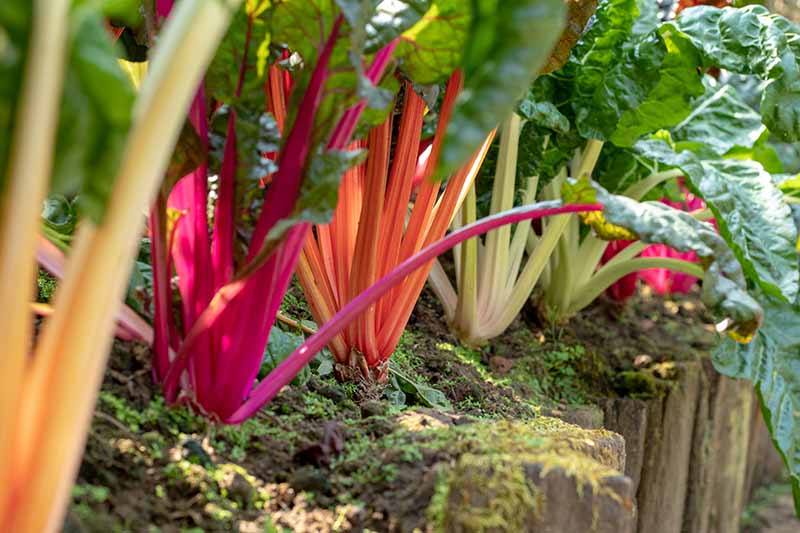
Other appearance-related differentiators include degree of leaf “savoyness” (how crumpled or smooth the leaf is), and plant height.
Leaves can vary from very soft and tender to thicker and more “leathery” in texture. Stems can be thick and robust, or thin and delicate.
There’s a small range of time to maturity in various cultivars, so that would also be something to look at, depending on how quickly you want your harvest.
Pest resistance, too, is something to consider. In my experience, the white-stemmed types, which have a milder flavor, tend to be more attractive to pests than the darker-stemmed varieties.
Our Top Picks
Here, we’ll provide information on several popular varieties of chard.
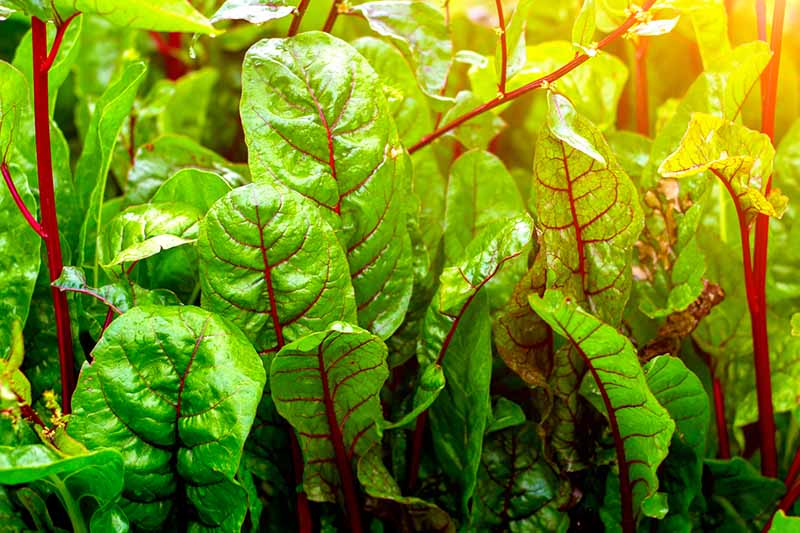
One thing to know: as you research chard, you may see reference to “rainbow chard.” This is usually simply a mix of seeds of different varieties which, when grown together in the garden, provides a rainbow of colors. Or it may be the ‘Bright Lights’ variety, incorrectly labelled.
You’ll also come across the names silverbeet and Swiss chard used interchangeably.
1. Barese
This white-stemmed heirloom variety is a dwarf type, only reaching about 9 inches tall at maturity.
It has smooth, dark green leaves with a mild flavor. Quick growing, you can harvest baby leaves at 25 days, or mature leaves at 45 days.
Easy to grow in containers, it’s slow to bolt, giving you repeated harvests throughout the season.
Many gardeners harvest and cook the whole plant, as you would baby bok choy. ‘Barese’ is also quite pest-resistant.
Purchase packets of seeds in various quantities from True Leaf Market.
2. Bright Lights
Colorful ‘Bright Lights’ produces stems in yellow, orange, gold, pink, red, white, and striped.
As mentioned above, it is sometimes mistakenly called rainbow chard.
This 1998 All-America Selections Edible Vegetable winner matures in 55 to 60 days and grows to about 20 inches tall. Adding vibrant color to your garden, it is sometimes grown purely for its ornamental value.
The leaves and stalks are tender and have a milder flavor than some other types, particularly those with deep red stalks. Harvested young, the dark green leaves are delicious in salads.
Find packets of 100 seeds for ‘Bright Lights’ at Burpee.
3. Fordhook Giant
Introduced by Burpee in 1934, his mild-flavored cultivar has thick, dark green leaves that are heavily savoyed and quite tender. Young leaves can be used raw in salads, and mature leaves are best cooked for a sweeter flavor.
‘Fordhook Giant’ is easy to grow and produces heavy yields – even in warm weather. It prefers full sun, but will tolerate a bit of shade.
It grows 20 to 28 inches tall, and matures in 60 days.
Find packets of 350 seeds for ‘Fordhook Giant’ at Burpee.
4. Large White Ribbed
This heirloom variety has a wide, flat, white stem and smooth, tender leaves. Young leaves make a tasty addition to salads, and the mature leaves can be enjoyed steamed or stir-fried.
‘Large White Ribbed’ grows to about 20 inches tall and is mature in about 60 days. Unfortunately, this variety can be a bit more susceptible to pests such as leaf miners.
Seeds for ‘Large White Ribbed’ in packets of various sizes are available at Eden Brothers.
5. Lucullus
‘Lucullus’ is an heirloom variety of chard named for a Roman emperor who was well known as a gastronome.
His eponymous chard produces broad, thick stalks that are white or pale green and large, dark green leaves that are heavily savoyed.
Growing to about 20 inches tall, ‘Lucullus’ matures in 52 to 55 days. Both leaves and stalks have a sweet, mild flavor, and store well in the freezer.
Seeds for ‘Lucullus’ are available at True Leaf Market.
6. Magenta Sunset
The color of the stems of this heirloom variety is nothing short of show-stopping – bright pink and beautiful!
The stems and smooth leaves of ‘Magenta Sunset’ have a mild flavor, and the pink-veined immature leaves are especially tasty in salads.
‘Magenta Sunset’ matures in about 65 days, and grows to about 24 inches tall. It can have a tendency to bolt if young plants are exposed to cool temperatures.
Find packets of 200 seeds for this colorful variety at True Leaf Market.
7. Orange Fantasia
This open-pollinated type displays bright orange stems topped by deep green, savoyed leaves, which are tasty in salads when harvested young.

A colorful addition to stir-fries, this variety maintains its color when cooked.
A bolt-resistant cultivar, this type is fully mature at about 20 inches tall within about 65 days after planting.
Packets of 50 to 200 seeds for this colorful variety are available from Seed King Express via Amazon.
8. Peppermint
This open-pollinated type is named not for its flavor, but rather, for its white stems that are striped with reddish-pink hues.

Somewhat reminiscent of a Chioggia beet, this type makes a striking addition to your vegetable garden.
‘Peppermint’ matures in 53 to 63 days, but you can start harvesting baby leaves in as few as 35 days.
This cultivar can grow to about 24 inches tall. The leaves are wide, dark green, and savoyed with bright white veins. Adding a robust, earthy flavor, they are delicious steamed or in stir-fries.
Find packets of 200 seeds for ‘Peppermint’ chard at David’s Garden Seeds via Amazon.
9. Rhubarb
There’s also a popular chard variety called ‘Rhubarb,’ which is not in fact rhubarb at all.
Whoever named this variety was focused on appearance rather than flavor..
‘Rhubarb’ chard produces dark green, savoyed leaves with dark red veins. The stalks are crimson (thus, the name) and slightly flat. Baby greens will add interest to salads, and the mature leaves are juicy and tasty when cooked.
This type, also known as ‘Ruby Red’ (less fitting, since at least to me they don’t resemble grapefruit…) matures in 60 days and grows to 20 to 24 inches tall.
Packets of 550 seeds are available at Burpee.
A Rainbow of Choices
Who knew there was such a variety available in the world of chard?And now it’s time to decide: tall or short? Crumple-leafed or smooth? Orange, red, white, pink, or green?
Whichever cultivars you choose, be sure to check out our complete chard growing guide for tips to get started, once your seeds arrive.
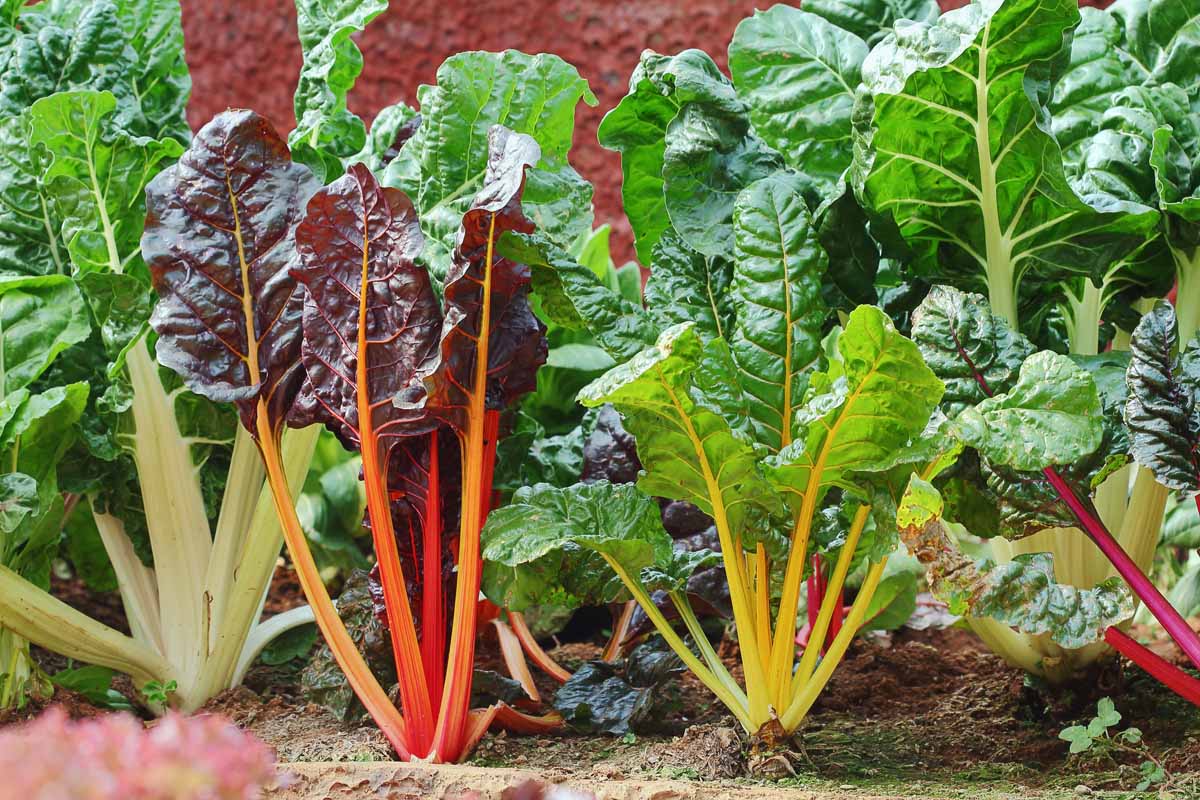
Do you already have a favorite variety? What worked well in your growing zone? Share your intel in the comments section below!
Considering other types of greens? Check out these growing guides to learn more:


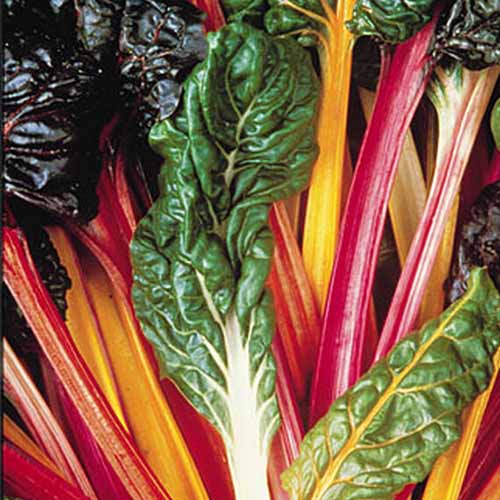

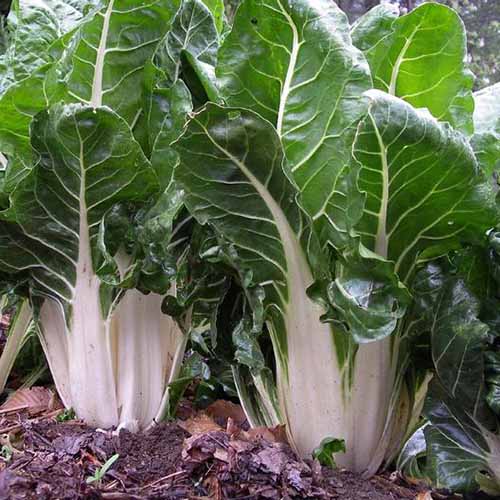
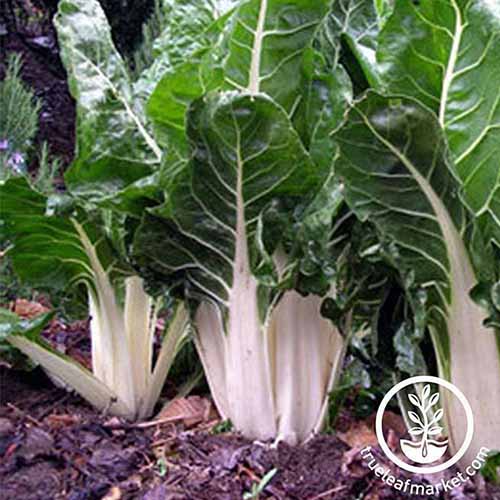
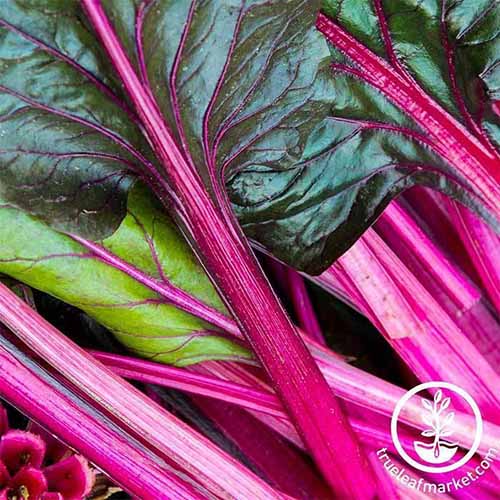
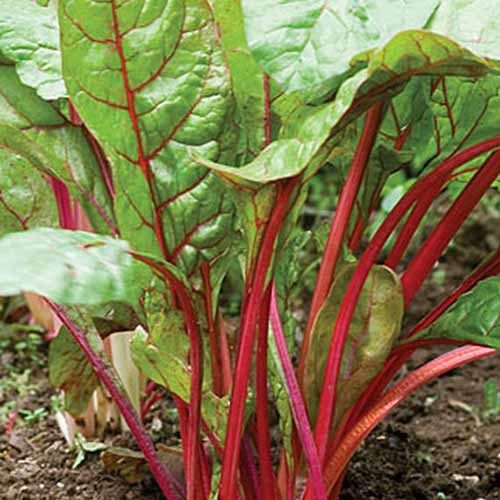
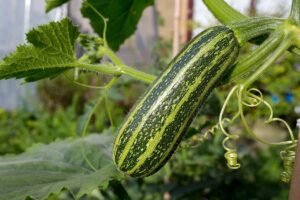

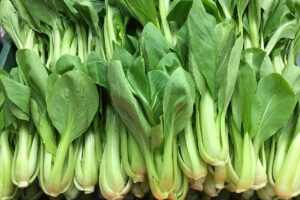
Hi Gretchen, thank you for sharing. Chard is one of my favourites, especially with eggs and avocado in the morning. Do you have any suggestions for how to grow indoors starting from seed? We’ve got a short growing season up here in Western Canada. Would like to grow some of these varieties indoors.
Dan, thanks for reading. What a nice breakfast combo you’ve come up with. We have a full chard growing guide here where you can learn all about starting chard from seed!